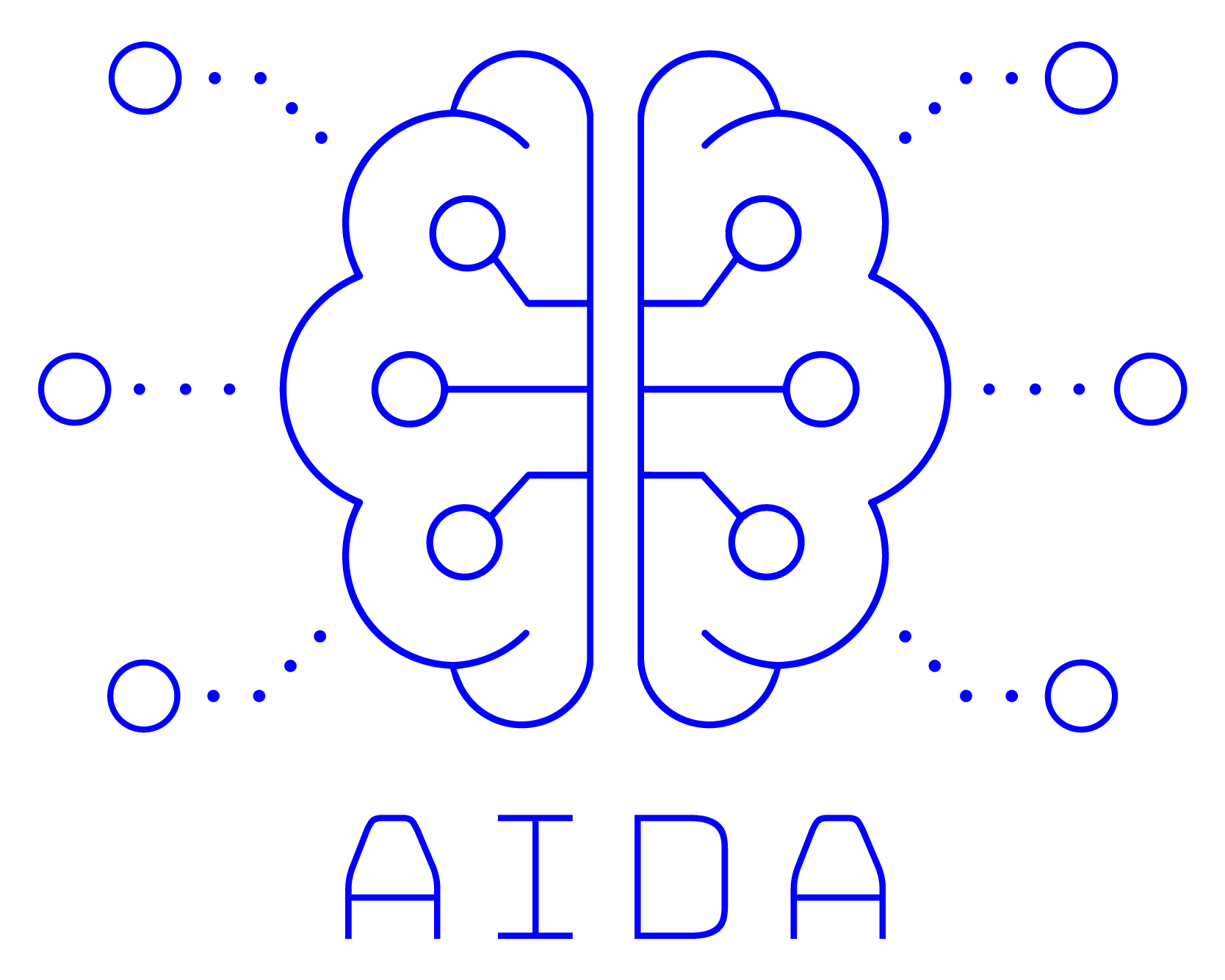Goals
AIDA will enable data collection, monitoring and even actuation phases of the RAID platform to run at the edge of the network, considering diverse hardware architectures, such as end-user devices, intermediaries such as routers and gateways, telcos base stations, and cloudified microservices. AIDA should still provide highly-configurable and rich data collection and monitoring while preserving the current real-time, security and dependability guarantees of the RAID platform.
The main technological goals of the project are:
- Distribution of the RAID platform components leveraging edge computing and 5G
To delegate processing to the edge or use central servers, according to the nature of the computation and the type and localization of monitoring and reference data.
- Exploration of emergent federated machine learning techniques
To learn from local data and push incremental model updates to coordinator nodes that maintain global models based on the contribution of edge nodes and other relevant data sources
- Resilience to intrusion or tampering
To require the research and application of intrusion detection techniques at multiple levels of the architecture, with the goal of enabling system-wide intrusion tolerance.
- Data privacy and confidentiality
To maintain the confidentiality of the operational data being monitored and analyzed, and protecting the privacy of the entities to whom the data refers to are fundamental concerns in the design of the platform.
© AIDA, 2023
